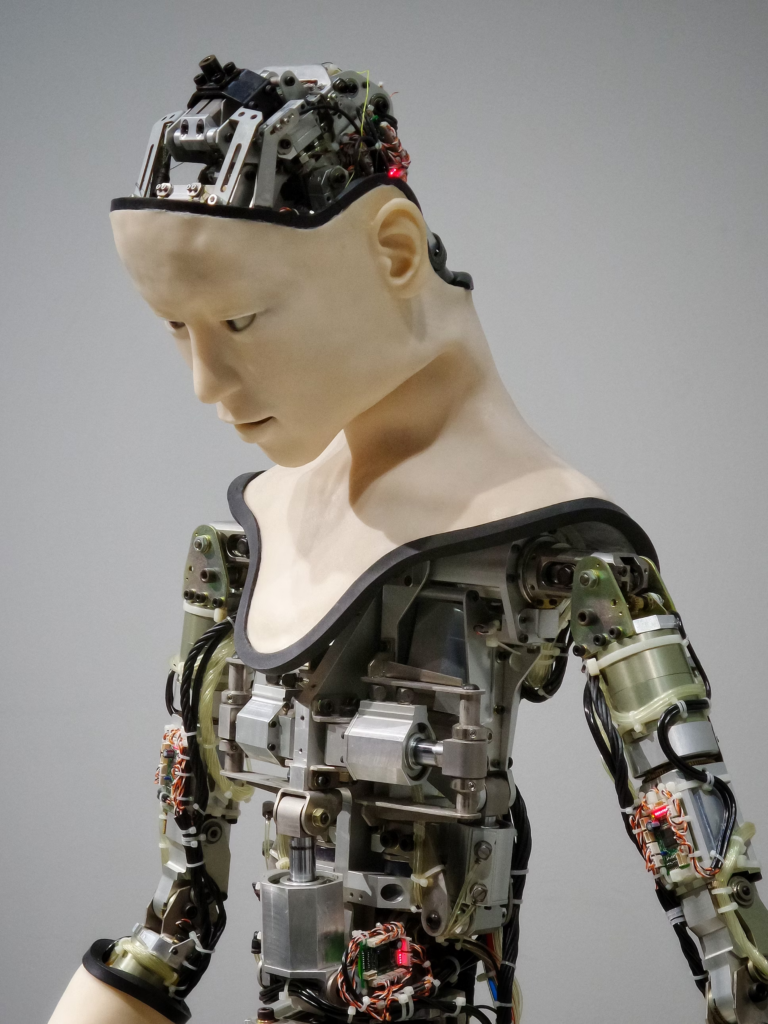Soft robotics represents a groundbreaking advancement in the field, standing apart from the rigid structures people usually associate with traditional robotic systems. Learn more about recent advances in this field and the many benefits.

The Era of Soft Robots
Nature and biology heavily influence soft robots, giving them the flexibility and ability to adapt to their surroundings. For example, some commercially available soft robotic designs mimic fish, octopi and worms.
Innovative materials such as shape-memory alloys, dielectric elastomers and liquid crystal elastomers are critical to soft robotics. These materials change their properties in response to various stimuli. Grippers on soft robots, made of high-tech elastomers, mold to the target object’s shape. This flexibility ensures a gentler and more adaptable grip than rigid robots, making them ideal for tasks like fruit picking.
Soft robots also use self-healing materials made from shape-memory alloys. These alloys allow the robots to repair themselves after damage, increasing their operational life span and reducing maintenance needs.
As technology progresses, scientists outfit soft robots with sensory systems, enhancing their ability to understand their surroundings. For example, soft pressure sensors can tell a robot if it’s gripping too hard. Some researchers are even developing soft robots capable of working in swarms, emulating the behavior of fish, bees and birds.
3D printing, a form of advanced manufacturing, has revolutionized how scientists design and produce intricate soft robotic parts, driving innovation and accessibility in this sector. Some robots incorporate the strengths of both rigid and soft systems, resulting in hybrids that offer improved strength, precision and flexibility. Instead of traditional motors, there’s a growing trend towards fluidic actuation. Robots use liquids or air for movement, making their movements more natural.
Soft Robotics in Medicine
Robotics is revolutionizing various aspects of modern medicine. In rehabilitation and physiotherapy, soft robotic exosuits or exoskeletons support patients recovering from strokes, spinal cord injuries or surgeries. These devices gently guide and assist patients, helping them regain motor functions, relearn movements and restore strength.
In assistive medical devices, soft wearable robots are emerging to help those with mobility issues. The Wyss Institute at Harvard University developed a soft, wearable robotic glove that assists individuals with hand disabilities in performing day-to-day activities. This glove, made from soft elastomers, can assist in gripping objects, potentially improving rehabilitation outcomes.
Scientists at the City University of Hong Kong developed a soft robot capable of maneuvering inside the stomach and intestine. The robot can change shape and size, facilitating better imaging and allowing localized drug delivery or biopsies.
A collaboration between Boston Children’s Hospital and Harvard University resulted in a soft robotic sleeve that surgeons can place around the heart. This device helps the heart pump more efficiently in patients with heart failure, providing a potential alternative to organ transplants.
In diagnostics, soft robots simplify procedures like endoscopy, making it less invasive and patient-friendly. Patients can now swallow endoscopy capsules equipped with a camera and a tissue collection mechanism to get the same results traditionally obtained by putting patients under general anesthesia.
Research teams at institutes like the Sant’Anna School of Advanced Studies in Italy have been working on developing soft robotic arms that can assist surgeons. Due to their soft and pliant design, these arms can navigate the body with minimal risk of damaging tissues or organs.

Soft Robotics in Marine Conservation
Equipped with sensors, soft robots can monitor water quality, track marine species and evaluate the health of habitats over prolonged periods. Their non-intrusive nature and versatility enable them to probe areas inaccessible to traditional robots. MIT’s Computer Science and Artificial Intelligence Laboratory developed a soft robotic fish named „SoFi“ that can swim naturally in the ocean, recording close-up videos of marine life and providing insights without alarming or disturbing the aquatic life.
Soft robots also offer the potential for marine clean-up efforts, such as removing pollutants like microplastics and oil spills. The WasteShark, developed by RanMarine Technology, is an ASV designed to „eat“ or collect trash in harbors and other waters close to the shore. This drone skims the water’s surface, collecting waste in its path, thereby aiding in marine clean-up.
The Ocean Exploration Trust’s E/V Nautilus expeditions have been using ROVs to explore and map uncharted coral reefs, helping scientists understand their structures, the species they harbor and their overall health. Similar soft robots can be deployed to plant sea grass and maintain coral reefs.
ROVs like the Hercules, also from the E/V Nautilus expedition, have robotic arms that can collect geological and biological samples from the deep sea that can help scientists study ecosystems in abyssal regions, leading to new species discoveries and insights into deep-sea conservation needs.
The Challenges Ahead
Soft robotics faces challenges, but its vast potential is undeniable. A primary focus lies in developing innovative materials that combine durability, flexibility and responsiveness. While traditional actuators, like motors, aren’t suitable for soft robots, alternatives like pneumatic and hydraulic systems are on the rise, promising unparalleled autonomy.
Manufacturing these robots at scale is now more feasible due to advanced construction techniques and materials. Even as these robots retain flexibility, integrating crucial rigid components, like batteries, is becoming smoother. The scientific community aims to enhance the response times of soft actuation mechanisms to match or exceed traditional systems.
Safety remains a top priority in soft robotics, especially in applications involving humans or medical scenarios. Although the field recognizes the higher initial research and production costs, they believe ongoing advancements will reduce expenses.
Guest article by Ellie Gabel. Ellie is a writer living in Raleigh, NC. She's passionate about keeping up with the latest innovations in tech and science. She also works as an associate editor for Revolutionized.
Pingback: Robots-Blog | Amazing Advancements in Soft Robotics - The AI Asset Magazine